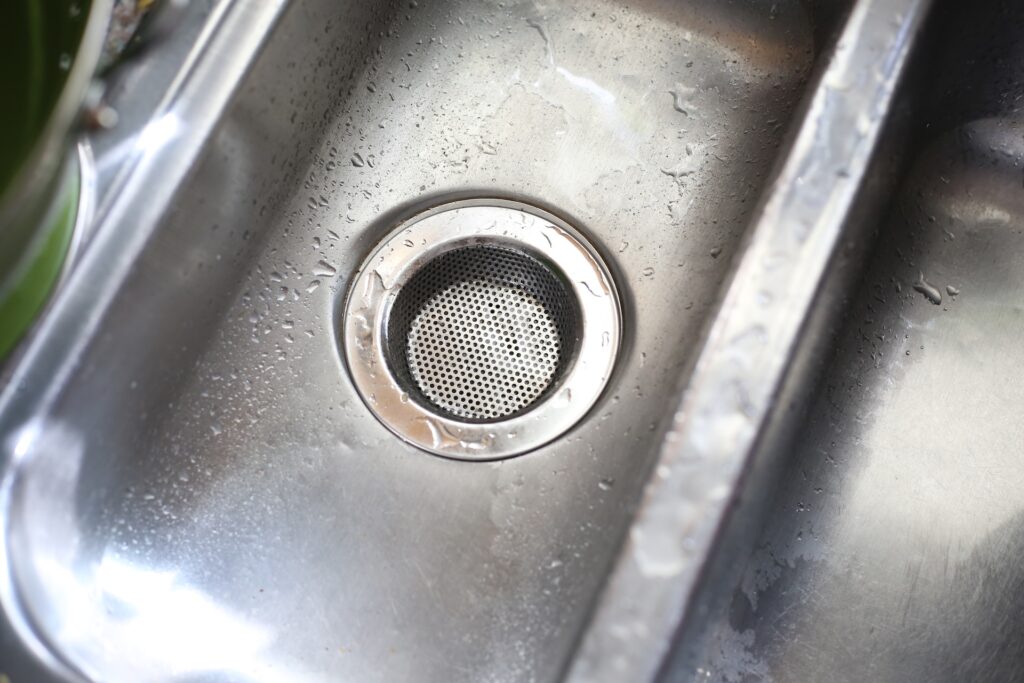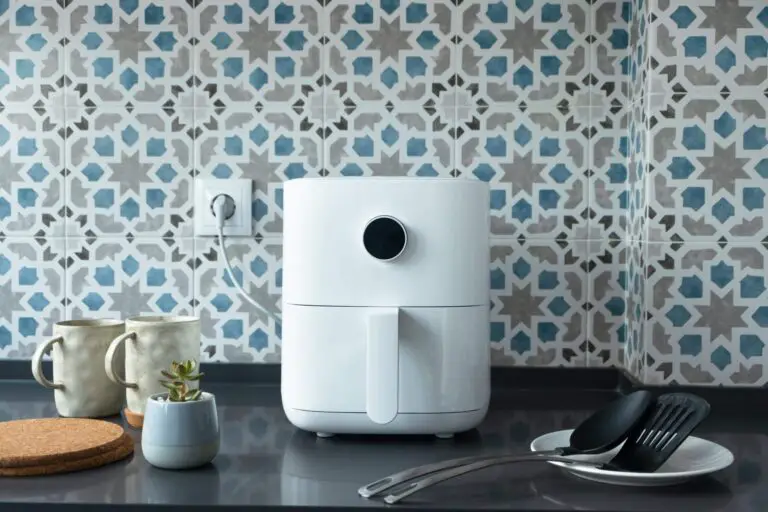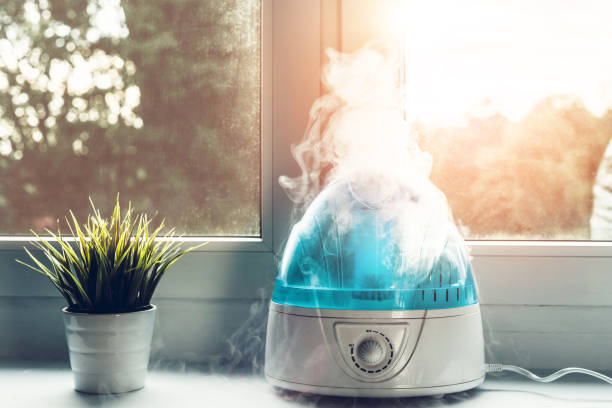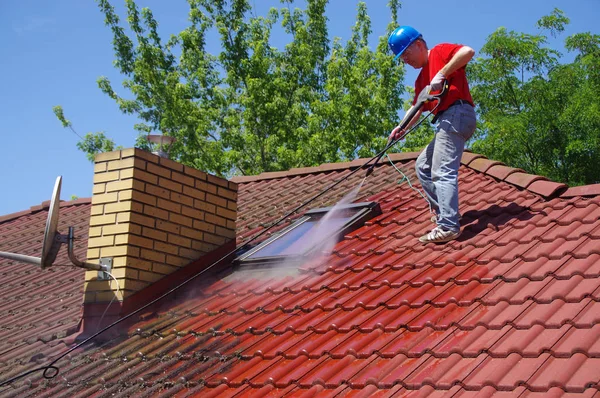How to Clean a Stainless Steel Sink

Stainless steel sinks are a popular choice in many homes due to their durability and sleek appearance. However, maintaining their shine and keeping them clean can be a challenge. In this guide, we’ll explore effective methods for cleaning your stainless steel sink, ensuring it remains a sparkling centerpiece in your kitchen.
Understanding Stainless Steel
Before diving into cleaning methods, it’s crucial to understand what stainless steel is. This material is an alloy of iron with chromium and, sometimes, nickel. The chromium forms a thin protective layer on the surface, which helps prevent rust and maintains the steel’s lustrous appearance.
Daily Cleaning: The First Step
The key to a spotless stainless steel sink is regular maintenance. For daily cleaning:
1. Rinse the sink with water after each use.
2. Wipe it down with a soft cloth or sponge to remove food particles and water spots.
3. Dry the sink with a towel to prevent water spots and mineral deposits.
Dealing with Stains and Scratches
Despite regular cleaning, stainless steel sinks can develop stains and scratches. Here’s how to address them:
For Stains
Mix baking soda with water to create a paste. Apply this paste to the stain and gently rub it with a soft cloth or sponge in the direction of the steel grain.
For Scratches
Use a non-abrasive cleaner or a specially designed stainless steel scratch remover. Remember, always scrub in the direction of the grain to avoid further damage.
Deep Cleaning for Extra Shine
Once a week, give your sink an extra bit of attention:
1. Sprinkle baking soda over the entire sink.
2. Use a soft-bristled brush or sponge to scrub the sink, focusing on areas with hard water stains or buildup.
3. Rinse thoroughly with water and dry with a clean cloth.
Natural Cleaning Solutions
Many prefer natural cleaning solutions to avoid harsh chemicals. Here are some effective natural cleaners:
Vinegar Solution
Mix equal parts water and white vinegar in a spray bottle. Spray the solution on the sink, let it sit for a few minutes, and then rinse.
Lemon and Salt
For tougher stains, sprinkle salt on half a lemon. Use the lemon as a scrubber, focusing on stained areas.
Preventing Future Damage
To keep your stainless steel sink looking new:
1. Avoid leaving acidic foods or metal cookware in the sink for extended periods.
2. Do not use steel wool or harsh scrubbing pads, which can scratch the surface.
3. Regularly check for and remove any mineral deposits.
Tips for Long-Term Care
Long-term care of your stainless steel sink involves not just cleaning but also protecting it. Here are additional tips:
Use a Sink Protector
A sink protector can prevent scratches and dents from pots and pans.
Regular Inspection
Check for signs of wear and tear. Early detection of issues like rust spots can prevent bigger problems.
Proper Drainage
Ensure your sink drains properly to avoid standing water, which can lead to mineral deposits and staining.
Environmental Considerations
In today’s environmentally conscious world, it’s important to consider the impact of our cleaning habits. Stainless steel sinks offer an eco-friendly option, being 100% recyclable. When cleaning, opt for biodegradable soaps and natural cleaners like baking soda and vinegar. This approach not only protects your sink but also reduces environmental impact.
Safety Measures
Wear Gloves
Protect your skin from irritation, especially when using harsher cleaning agents.
Ensure Ventilation
Keep the area well-ventilated to avoid inhaling fumes from cleaning products.
Read Labels
Always read and follow instructions on cleaning products to understand their proper usage and potential hazards.
Avoid Mixing Chemicals
Never mix cleaning agents, as this can create dangerous fumes or reactions.
Secure the Area
Keep children and pets away from the cleaning area to prevent accidental ingestion or contact with cleaning products.
Test Cleaners on a Small Area
Before applying a cleaner to the entire sink, test it on a small, inconspicuous area to check for adverse reactions.
Store Cleaning Supplies Safely
Keep all cleaning products out of reach of children and pets, and store them in a cool, dry place.
Myths Debunked
When it comes to maintaining the pristine look of stainless steel sinks, there’s a lot of advice out there, not all of it accurate. Let’s debunk some common myths:
Myth: Window Cleaners are Safe for Stainless Steel
Truth: While window cleaners are great for glass, they’re not suitable for stainless steel sinks. These cleaners can leave behind streaks and potentially damage the protective layer of the sink. Stick to cleaners specifically meant for stainless steel or use natural alternatives like vinegar and water.
Myth: Hard Scrubbing is Necessary for Tough Stains
Truth: Using abrasive pads or scrubbing vigorously can do more harm than good. It can lead to scratches and even erode the sink’s surface. For tough stains, use gentle scrubbing with baking soda or a soft cloth soaked in vinegar. Patience and gentle handling are key.
Myth: Any Soap is Good for Cleaning Stainless Steel
Truth: While most mild soaps are safe for stainless steel, some can leave a residue or film that dulls the sink’s shine. Opt for a mild dish soap or a cleaner specifically formulated for stainless steel. Rinse thoroughly after cleaning to prevent soap residue.
Myth: Stainless Steel is Completely Stain-Proof
Truth: Despite its name, stainless steel can stain and discolor over time, especially if not cleaned regularly. Water spots, food particles, and certain chemicals can cause discoloration and dullness. Regular cleaning and prompt attention to spills are crucial.
Myth: Olive Oil is Good for Polishing Stainless Steel
Truth: While some DIY guides suggest using olive oil for polishing, it can actually attract dust and leave the sink feeling greasy. For a natural polish, a better option is to use a few drops of lemon oil or a commercial stainless steel polish.
Myth: Bleach is Effective for Disinfecting Stainless Steel Sinks
Truth: Bleach can be quite harsh and potentially damage the finish of your stainless steel sink. It’s better to use a solution of vinegar and water or a non-chlorine based disinfectant for cleaning and disinfecting.
Expert Advice
For persistent problems or if you’re unsure about a cleaning method, consult with a professional. Manufacturers often provide specific guidelines for their products, and professional cleaners can offer tailored advice for tough stains or scratches.
Frequently Asked Questions (FAQs)
Q: Can I use bleach on my stainless steel sink?
A: It’s advisable to avoid bleach as it can corrode stainless steel. If you must use bleach, dilute it significantly and rinse the sink thoroughly afterward.
Q: How often should I deep clean my stainless steel sink?
A: A deep cleaning once a week is ideal to maintain its shine and prevent buildup. However, this can vary depending on usage.
Q: Are there any commercial cleaners you recommend for stainless steel sinks?
A: When choosing commercial cleaners, look for products specifically designed for stainless steel. Avoid those containing chlorine or abrasive substances.
The Bottom Line
Maintaining the luster and cleanliness of your stainless steel surface requires attention to detail and the right approach. When cleaning your stainless sink, remember to always go with the stainless steel grain to avoid scratches. For a simple yet effective cleaning solution, mix water and baking soda to create a gentle scrubbing paste, or use lemon juice for added natural cleaning power. After cleaning, it’s crucial to thoroughly dry your damp sink with a microfiber cloth, as this prevents water spots and maintains the shine.
Avoid using steel brushes or any abrasive tools, as these can damage the delicate surface of your sink. Regularly cleaning with warm water and a mild detergent, followed by a rinse with hot water, can work wonders in maintaining the pristine condition of your stainless steel surfaces. For deeper cleaning or to tackle tough stains, consider using a solution of distilled white vinegar and water. This natural remedy is effective in removing hard water stains and restoring the shine to your kitchen sink.
Remember, the key to keeping your stainless steel sink in top condition is a balance of regular maintenance and the use of gentle, appropriate cleaning methods. By following these simple yet effective tips, you can ensure that your stainless steel sink remains a sparkling and hygienic centerpiece in your kitchen for years to come.






